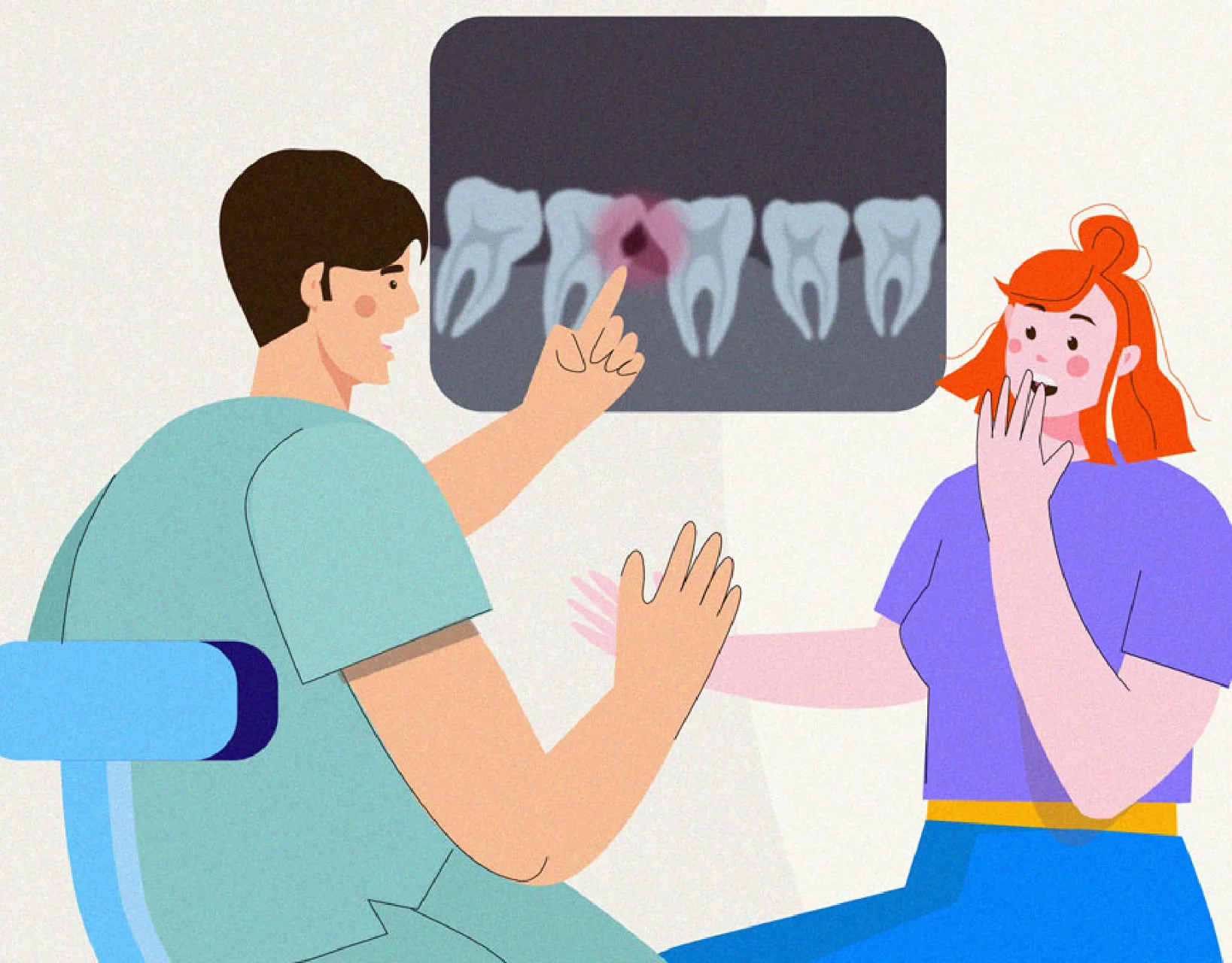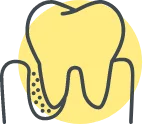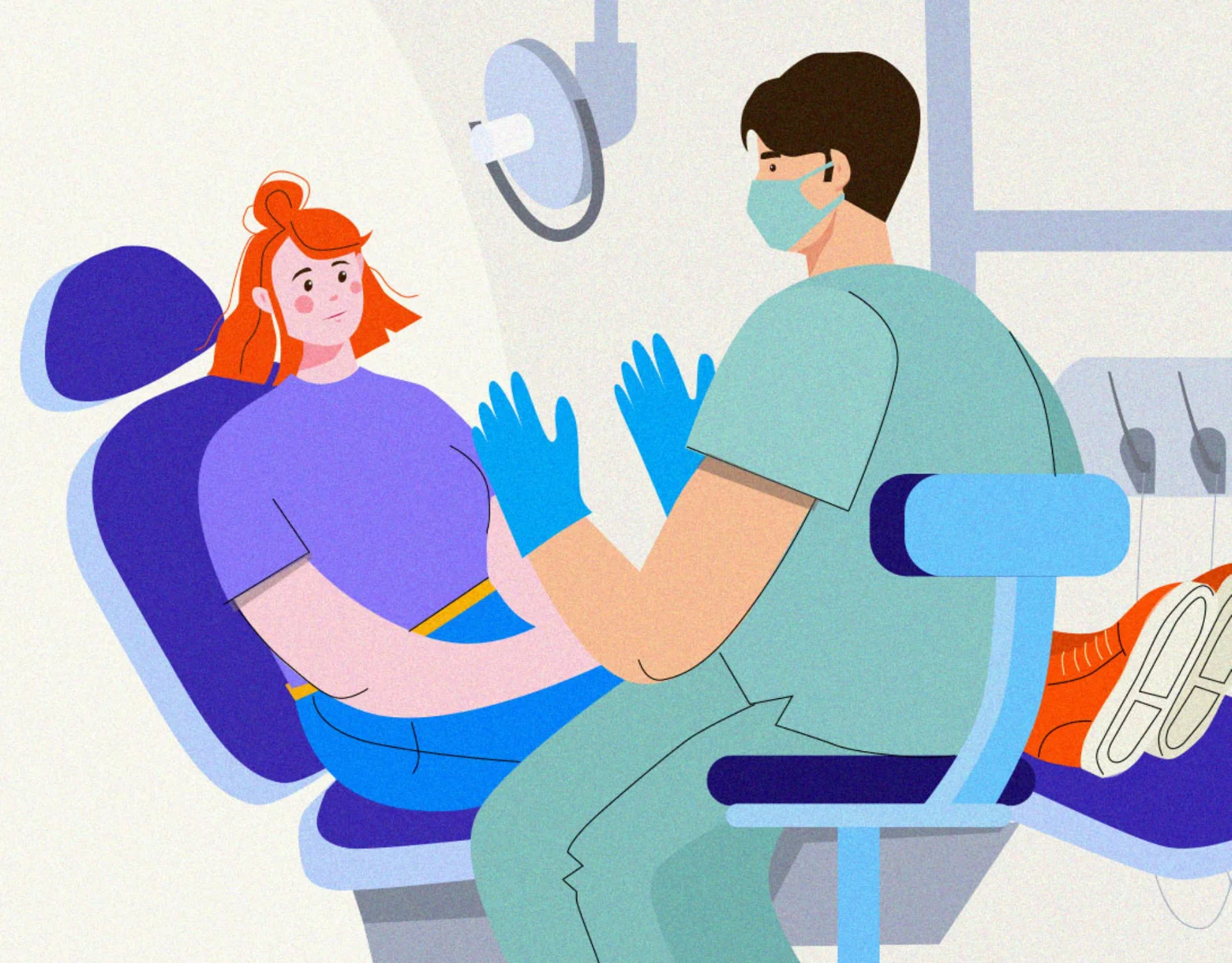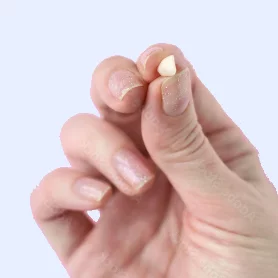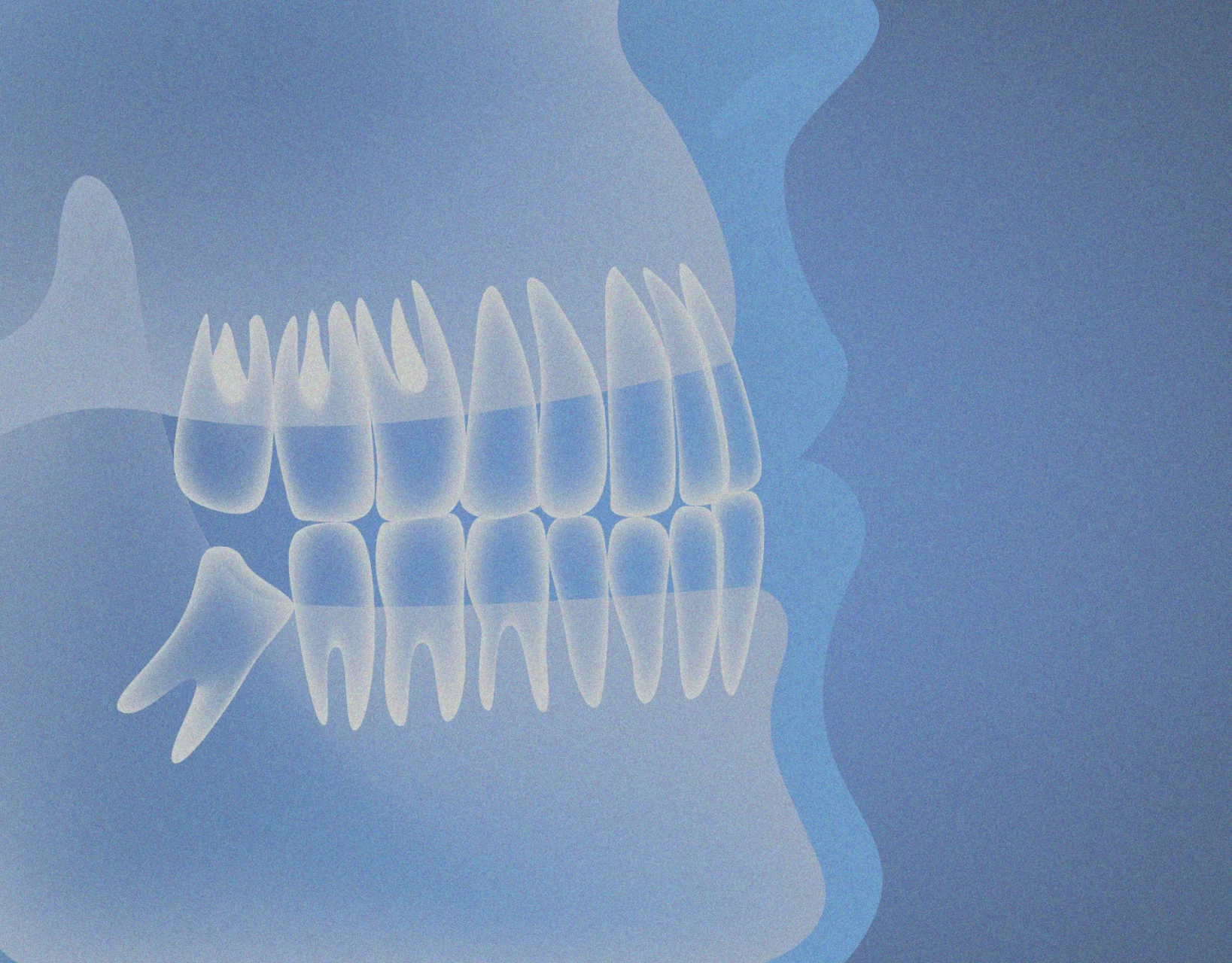How can we help?
- OVERVIEW
- ROUTINE CLEANING
- DENTAL HYGIENE
- CANCER SCREENINGS
- X-RAYS/IMAGING
- DENTURES
- DENTAL SEALANTS
- FLUORIDE TREATMENT
- FILLINGS
- SEDATION DENTISTRY
- DENTAL CROWNS
- BRIDGES
- ORALFITNESSCHECK
What Problems Can Dental X-Rays Detect?
Dental X-rays help dentists with many common and easily treatable oral health issues. Early detection can help you avoid pain, minimize existing problems, and potentially treat life-threatening oral conditions. Here are the common and more serious problems dental x-rays detect:
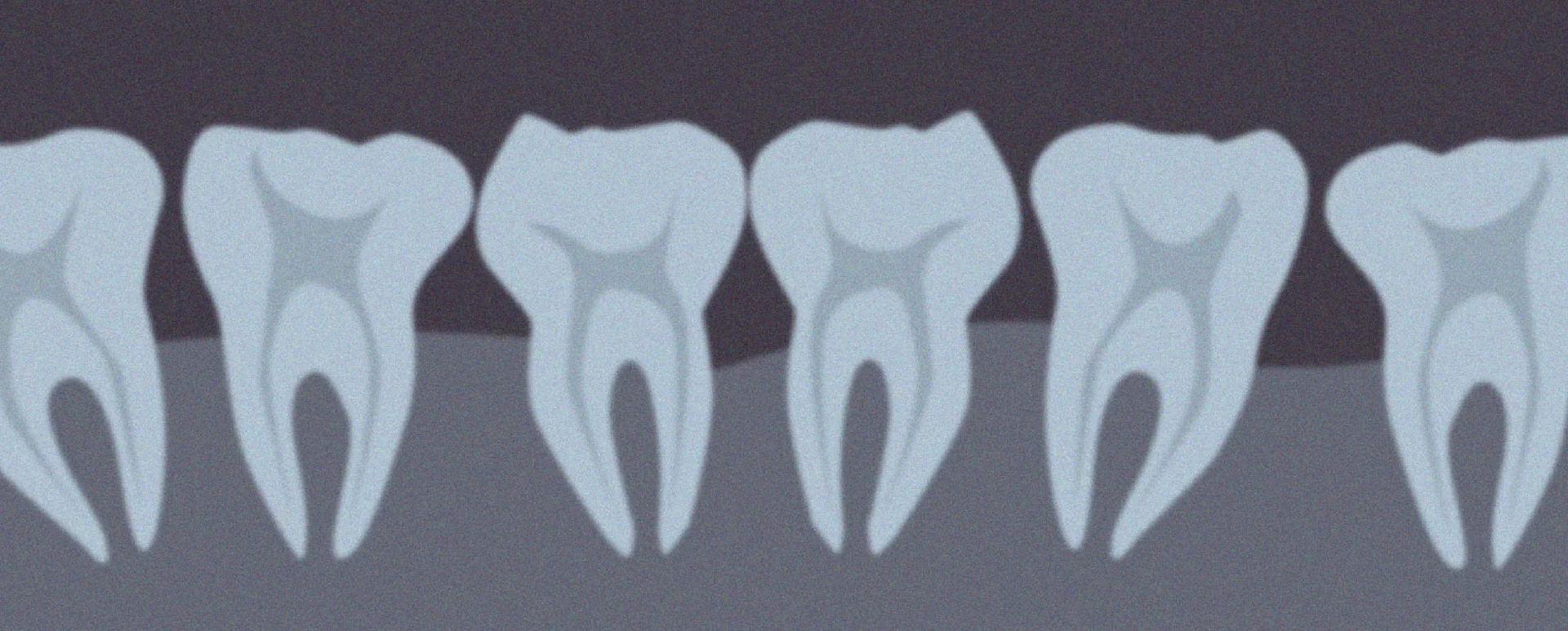


Book an Appointment Today
If you have any questions about dental X-rays, schedule an appointment and get the answers you need. With early detection, it can save you money in the long term.
Got questions?
This brings us to commonly asked questions on X-rays. It’s okay, there are quite a few. Learn more just a click away.
When you visit a new dentist, you will be given a comprehensive oral exam and cleaning to address any issues you may have and improve your oral hygiene. Here are some steps you can expect throughout your first visit:
- Check in and complete any paperwork before your appointment
- Get X-rays and other diagnostic tests
- Receive an oral examination
- Address your dental history and concerns Develop a personalized oral care plan
Your personalized plan may involve additional treatments you may need, such as a deep cleaning, cavity filling, dental crown or more. Once your dental appointment is over, you can schedule your next appointment to maintain your oral health into the future.
Not only can you go to the dentist while pregnant, but it is encouraged. The key is communication during your visits. X-rays are safe while pregnant if you use protective aprons during the process.
Anesthesia is also safe during pregnancy. While the ADA recommends essential dental work during pregnancy, there are some treatments not recommended during pregnancy, such as teeth whitening.
Regular dental check-ups, recommended at least twice a year, with X-rays when necessary, help in early detection of oral issues. This proactive approach allows dentists to address problems promptly, avoiding pain, minimizing existing issues, and preventing potentially serious oral conditions.
Dental X-rays, or radiographs, are essential for a detailed examination and customized treatment plan, allowing dentists to assess oral health beyond cavity detection. These high-quality images aid in early detection of common and serious oral issues, enabling better treatment and potentially preventing life-threatening conditions.
Related Posts
Sources
Healthline. (n.d.). Dental X-Rays: Types, Procedure, Risks, and Benefits. https://www.healthline.com/health/dental-x-rays
Cleveland Clinic. (n.d.). Dental X-Rays: What You Need to Know. https://my.clevelandclinic.org/health/articles/11199-dental-x-rays
WebMD. (n.d.). Dental X-Rays: What to Expect. https://www.webmd.com/oral-health/dental-x-rays
Healthcare Imaging Services. (n.d.). Dental X-Ray & OPG: What to Expect and How to Prepare. https://www.healthcareimaging.com.au/services/dental-x-ray-opg/


